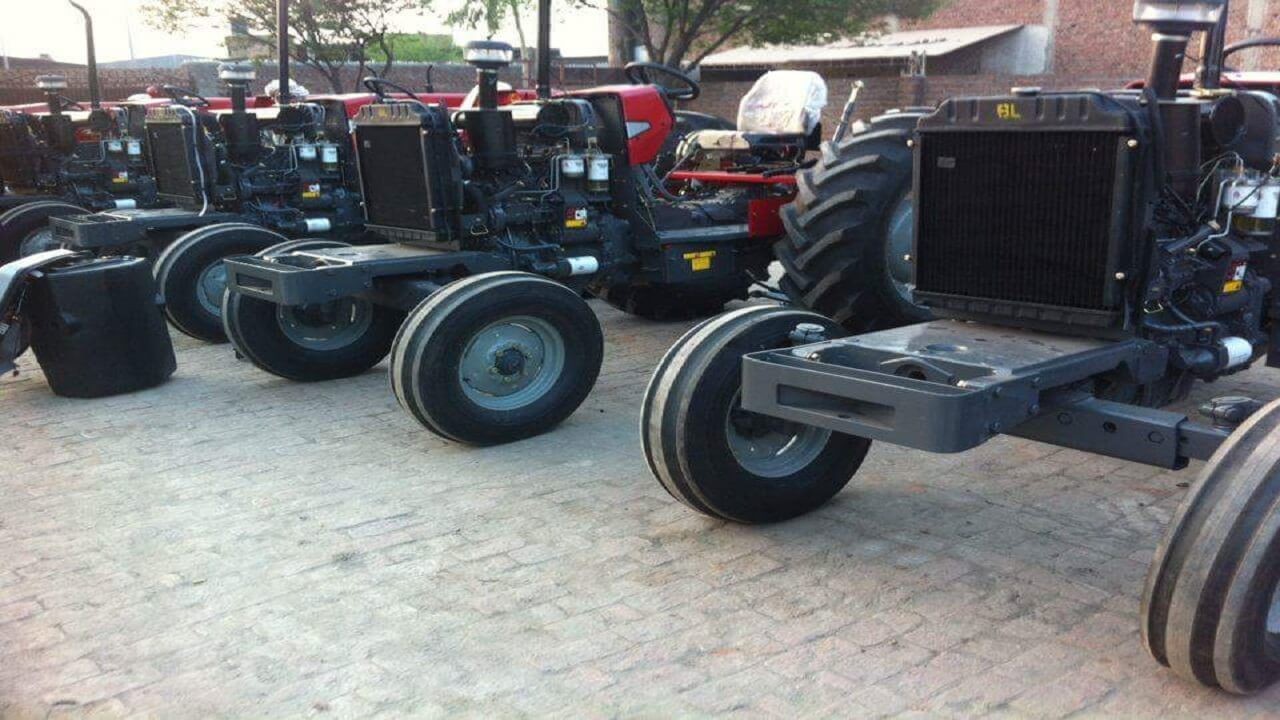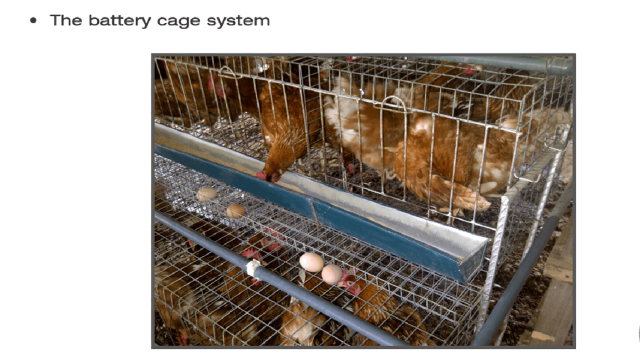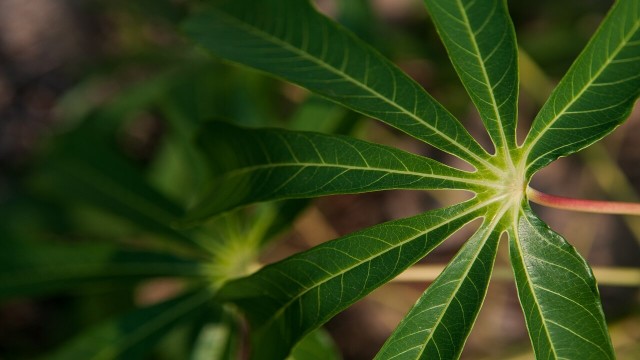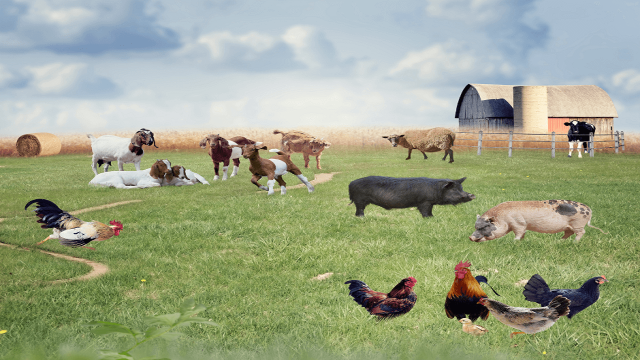
Agricultural Equipment
July 31, 2023, 5:34 pm
Agricultural equipment are what make the difference between productive-profitable farming and unprofitable-unproductive farming. If you desire to practice profitable, modern agriculture then you must use agricultural equipment.
In this post, we’ll look at the seven classes of agricultural equipment, examples of agricultural equipment, uses of agricultural equipment and factors to consider when getting the right agricultural equipment for your farming operations
Agricultural Equipment
Agriculture is the science or practice of cultivating the land and keeping or breeding animals for food. In order to make these practices efficient and productive, certain equipment or tools were created.
Agricultural equipment are the tools used for performing particular tasks or purpose in agriculture (cultivating farm land and breeding animals). These tools improve efficiency and productivity in agriculture by minimizing human labour, and limiting the errors, physical shortcomings and wastage in agriculture caused by human labour and fatigue.
Agricultural equipment are different from machines because they don’t have several moving parts designed to perform a particular task and they aren’t driven from their own dedicated energy sources like electricity, steam, gas or fuel.
Agricultural equipment use power supplied or transmitted to them from another entity, usually a tractor.
Classes of Agricultural Equipment
Based on the tasks that agricultural equipment perform in agriculture, they can be broadly classified into seven categories: Planters, Shellers, Cutters, Ploughs, Tillers, Harvesters and Sprayers.
-
Planter
The agricultural equipment in this category perform the task of properly inserting or putting seeds into the ground so that they can grow well. If seeds aren’t placed into the ground in the correct way or method, they won’t grow. Some examples of this type of agricultural equipment are:
Multi-crop Seed Drill
It performs seeding and fertilization process simultaneously in a single pass. Its usage increases farm yield by 10%
Potato Planter
It is used for making ridges and planting potato seeds simultaneously
Pneumatic Planter
It is an adjustable seed depth control system which ensures that seeds are placed in suitable moisture environment that can later be covered with adequate soil. It also preserves seeds from internal and external obstacles that prevent it from maturing
-
Sheller
The agricultural equipment in this category are used for removing the outer covering (skin, bark or husk) of harvested crops. These agricultural equipment perform the first processing work on harvested crops making them suitable for either human consumption or industrial use. Some examples of this type of agricultural equipment are
Maize Sheller
It is a mobile maize Sheller that can either be Tractor (PTO) or electric motor operated. It separates maize from its comb.
Wheat Thresher
It separates wheat grain from the rest of the wheat plant
Rice Thresher
It takes rice plant input from one end, beats it thoroughly and separates the rice grain from the rest of the plant
-
Cutter
The agricultural equipment in this category are used for removing or leveling grass, weed and other type of vegetation that cover the top layers of a land. These agricultural equipment are used to clear a land in preparation for both farming and non-farming operations on the land. Some examples of this type of agricultural equipment are:
Rear Blades
It is used for farm and yard clearing and cleaning.
Lawn Mower
It is used for cutting grass and other top-layer vegetation growing on the land
-
Ploughs
The agricultural equipment in this category are used for digging and turning over the soil before seeds are planted. Seeds need a lot of nutrients from the soil in order to grow well. These nutrients are available as organic matter in the soil. Most of these organic matters are present in the lower soil than in the top soil. So these agricultural equipment perform the task of moving nutritious soil to the top so that seeds can receive the nutrients they need for growth. Some examples of this type of agricultural equipment are:
Mould Board Plough
It is used where soil inversion is needed. It cuts, partially or completely inverts a layer of soil to bury surface materials and pulverize the soil
-
Tiller
The agricultural equipment in this category are used for preparing the land in order to use it for growing crops. Not every agricultural land is used for growing crops. Some are used for rearing animals. The lands to be used for growing crops need extra treatment which this category of agricultural equipment performs. Tillers break up the top soil, allow air circulation in the soil (aeration) and water retention in the soil which are all necessary for improving the ability of a land to grow crops. Some examples of this type of agricultural equipment are:
Disc Harrow
It is used for chopping and mixing crop residue
Cultivator
It stirs and pulverizes the soil for aerations (before planting) and for weed control (after planting)
-
Harvester
The agricultural equipment in this category are used for cutting off ripe crops or plants and for gathering them. Harvesting is a very tedious operation on the farm and it is the point at which losses and wastages detrimental to your farming business can occur. The agricultural equipment in this category helps you perform the task of harvesting your crops in such a way that waste and losses are reduced to the bare minimum so that you can enjoy the fruits of your labour. Some examples of this type of agricultural equipment are
Multi-crop Reaper
It harvests crops and lays them gently on the ground in form of windrow.
Potato Harvester
It uproots potato from the ground and separates it from the soil
-
Sprayers
The agricultural equipment in this category are used for dispersing or spreading substances (usually liquid) across the farmland. The substances that these agricultural equipment disperse across the farm are needed for keeping the crops healthy or to fight off pests that are harmful to the crops and plants on the farm. Some examples of this type of agricultural equipment are:
Boom Spray
It is used for spraying liquids (pesticides or herbicides) at high pressure.
Fertilizer Broadcaster
It is used for spreading fertilizer evenly across the farm in an effective and efficient manner
How to buy the right agricultural equipment
Before you can get the right agricultural equipment for your farm, you first have to know what farming operation you want to perform on your farm. Looking at the seven categories above will give you an idea of the type of agricultural equipment you will need to perform any task on your farm. After you are certain of what you want to accomplish on your farm, the next step is to pick the equipment that will perform the task efficiently and effectively.
Two things are necessary for picking an effective and efficient agricultural equipment. These two things are: Material and Cost
Material: the type of material used to build or construct agricultural equipment determines how effective the equipment will perform the task at hand. Agricultural equipment made from metals like Steel, Silver, Aluminum and plastics like PVC will be durable and strong. These two factors (durability and strength) will make the agricultural equipment perform the given task in good time without breaking down, malfunctioning or wearing out. You don’t want to get an agricultural equipment that will malfunction regularly and take too long to complete the task at hand. This will lead to very low levels of productivity on your farm.
Cost: the cost of the agricultural equipment is responsible for efficiency. If using the agricultural equipment will come at a running cost that will make you lose money, then it is not efficient to your agriculture business. Cost can be calculated as the price you buy or lease the agriculture equipment plus the full price of running the equipment (money spent on personnel and consumables like fuel, spare parts etc.). If the cost of the agricultural equipment is so high that it eats into the revenue and profits generated from your farm, then it isn’t an efficient agricultural equipment to continue using on your farm.
Make sure you always consider these two factors before buying any agricultural equipment for your farm. If you need the prices and technical specification of any agricultural equipment, please send a mail to agsolutions@agricdemy.com and we will provide the information you desire. And if you want to see how these agricultural equipment will perform on your farm, sign up to watch our agriculture equipment tutorial videos by clicking here












Share This Article: